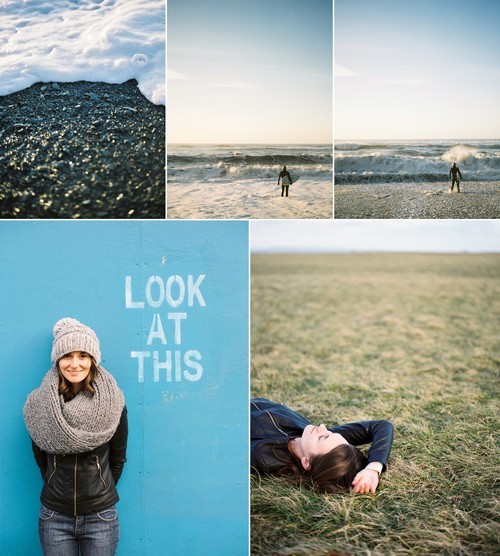SHOOTING FILM BARWOOD STYLE

In 2014, a time when everyone has at least one digital camera glued to them at all times - some of them with more megapixels than you can shake a stick at, why would we still care about shooting film? Apart from the sheer look and the richer, more physical quality of film shots, there is its effect on you. Today we take more photos than ever but make less and less meaningful beautiful images. When you have sometimes as few as ten shots per roll, you really take a moment and think before you shoot, frame out that ugly thing in the background and wait for what Henri Cartier-Bresson called “the decisive moment” - that moment that you still manage to miss when you take 30 photos of the same thing with your phone.
I’M SOLD, WHAT DO I NEED
First up, you’ll need a camera. The great news is that old film cameras can be picked up super cheap and they look awesome. Start with a 35mm film camera that has an aperture priority mode - an Olympus OM2N or a Canon A-1 would be amazing and can be picked up on eBay for around £80 with a 50mm 1.8 lens.
NOT ALL FILMS ARE CREATED EQUAL
For all your sunny summer getaway and festival shots, you need a Kodak Portra. Certain films are much better at dealing with lots of harsh sun than even the best DSLRs on the market and this film handles overexposure really well.
Check out the shots below from a holiday in Greece. Most of these were shot on my £100 Nikon F100 and Kodak Portra 160. For me, these film images always capture the warmth and feeling in a way digital lacks.

SETTING YOUR CAMERA
First, load your camera with film - watch a video here if you are unsure how to do this. Next, set the ASA (otherwise known as the ISO) to the same as your film. In this case, that’s 160 but if you had a Portra 400 it would be 400.
Now here is the key; set the camera to Aperture Priority (or AV) Mode and set the lens to an aperture of 2.8, and change the exposure compensation to +1 as this will ensure you don’t underexpose the film. The only exception to this will be when you have a very bright light source in the frame, like the sun or a window behind your subject; then you want to change the exposure compensation to +2 as the camera’s meter will see bright light and try to underexpose.
These images are shot at +1

Here are some that I pushed to +2 because of the backlight.

LIGHT, CAMERA, FOCUS
Remember that most of these old cameras we’re talking about are manual focus, and that you just need to turn the focus ring on the lens back and forth until your subject is sharp in the viewfinder – practice is key! With a limited number of shots per roll, you are guaranteed to shoot less. You’ll will have a more emotional connection with each image, because you took care over making it and you made sure everything within that frame was perfect.
John Barwood is a brilliant Bristol based Wedding Photographer who very occasionally moonlights as one of our professional photographers. To see more of his portfolio or ask him any questions, visit John Barwood Photography.
Notes
pandagunda liked this
